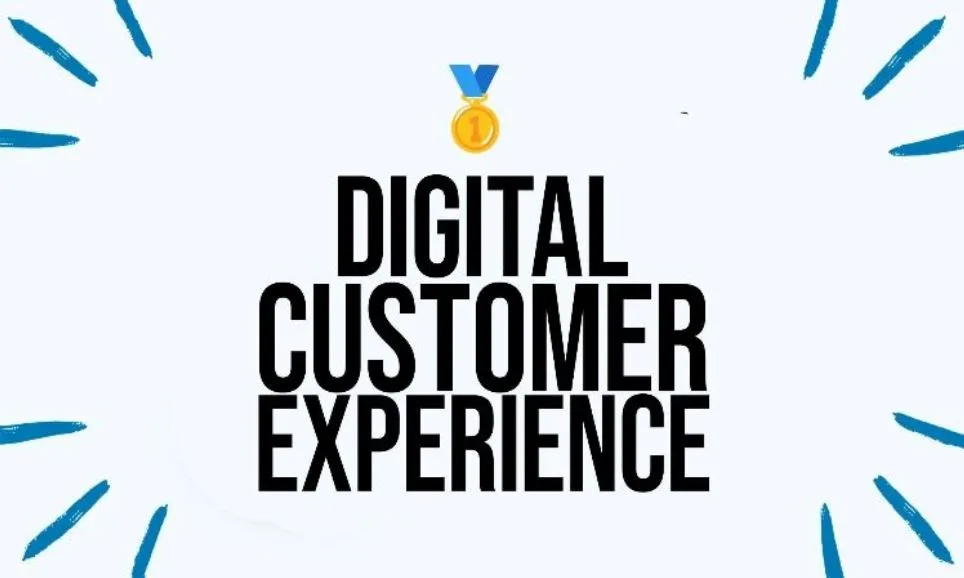How Digital CX Solutions Are Reshaping the Shipping and Logistics Industry
When most people think about customer experience, they picture sleek websites, mobile apps, and maybe a chatbot offering help with a return. They don’t usually think about freight tracking, dispatch systems, or driver portals. But they should.
In the shipping and logistics space, the digital experience matters more than ever, and it’s evolving fast. Behind every delivered package or routed shipment is a trail of interactions that shape whether the customer comes back. And that’s where digital CX solutions are making a bigger impact than most people realize.
Visibility Is the New Currency
Customers want to see what’s happening in real time. Whether it’s a business tracking an overseas container or a parent waiting for a last-minute birthday gift, expectations have changed. Vague status updates and outdated tracking portals no longer cut it.
Digital CX in logistics now involves far more than a shipment number. It includes live notifications, accurate ETAs, simple rescheduling options, and the ability to solve issues without needing to call a support line. If the experience is unclear or clunky, trust erodes, and that affects both shippers and carriers.
The Silent Breakpoints
In this industry, the customer journey doesn’t just involve the person receiving the goods. There are warehouse managers, truck drivers, customs agents, and 3PL partners all interacting with the same system at different moments. And if even one of those handoffs isn’t smooth, the entire chain feels slower.
This is where digital CX solutions do their best work. They identify the points where communication breaks down, where mobile apps don’t sync properly, or where internal systems don’t reflect real-time changes. Fixing those gaps doesn’t just improve delivery performance. It improves the entire perception of the brand.
Let’s Talk Driver Experience
Drivers are part of the customer experience too. If their dispatch app freezes, or if they’re juggling five different systems to log hours, scan packages, and get directions, that friction adds up. It also affects how they represent the company on the front line.
Many logistics firms are using digital CX tools to redesign these internal interfaces—not for flash, but for function. Simplifying workflows, reducing touchpoints, and making things work smoothly in low-signal environments helps everyone downstream, including the end customer.
When Support Actually Supports
Customer support in logistics used to mean long hold times and limited information. Now, people expect self-service tools that can reschedule a missed delivery, reroute a package, or handle international customs delays without requiring a dozen clicks.
Digital CX solutions can integrate backend logistics data with intuitive customer-facing tools. This lets people manage more without needing to speak to an agent. And when human help is needed, the system should already know who they are, what they’re waiting on, and what went wrong—so they don’t have to start from scratch.
Industry-Specific Needs Call for Tailored CX
A company shipping pharmaceutical supplies doesn’t have the same customer journey as one delivering furniture. Temperature controls, compliance regulations, and chain-of-custody logs create unique experience requirements.
That’s why industry-specific digital CX solutions are starting to replace generic platforms. The most effective providers understand these nuances and help organizations design flows that meet the needs of their customers, regulators, and operations teams—all at once.
Digital transformation companies like Sutherland Global work with logistics providers to map out these high-stakes journeys. They help remove redundant steps, streamline communications, and surface the data that matters most to the right person at the right time.
Where It’s Headed
Predictive alerts. Package-level tracking. Automated customs declarations. AI-powered route optimization. These aren’t theoretical anymore. They’re becoming standard, and they all tie directly into the customer experience.
Even small regional carriers are now being compared to the experience of global giants. If the app feels old or the updates are unreliable, people don’t just complain, they move to someone else.
Final Word
In logistics, the customer experience used to be considered secondary to performance. That’s changed. Today, performance and experience are the same thing.
Digital CX solutions help logistics companies move from reactive problem-solving to proactive service. They don’t just fix the broken parts. They rebuild the journey so fewer things break in the first place.
And in an industry where speed, trust, and clarity define long-term relationships, that’s what keeps the wheels moving.





